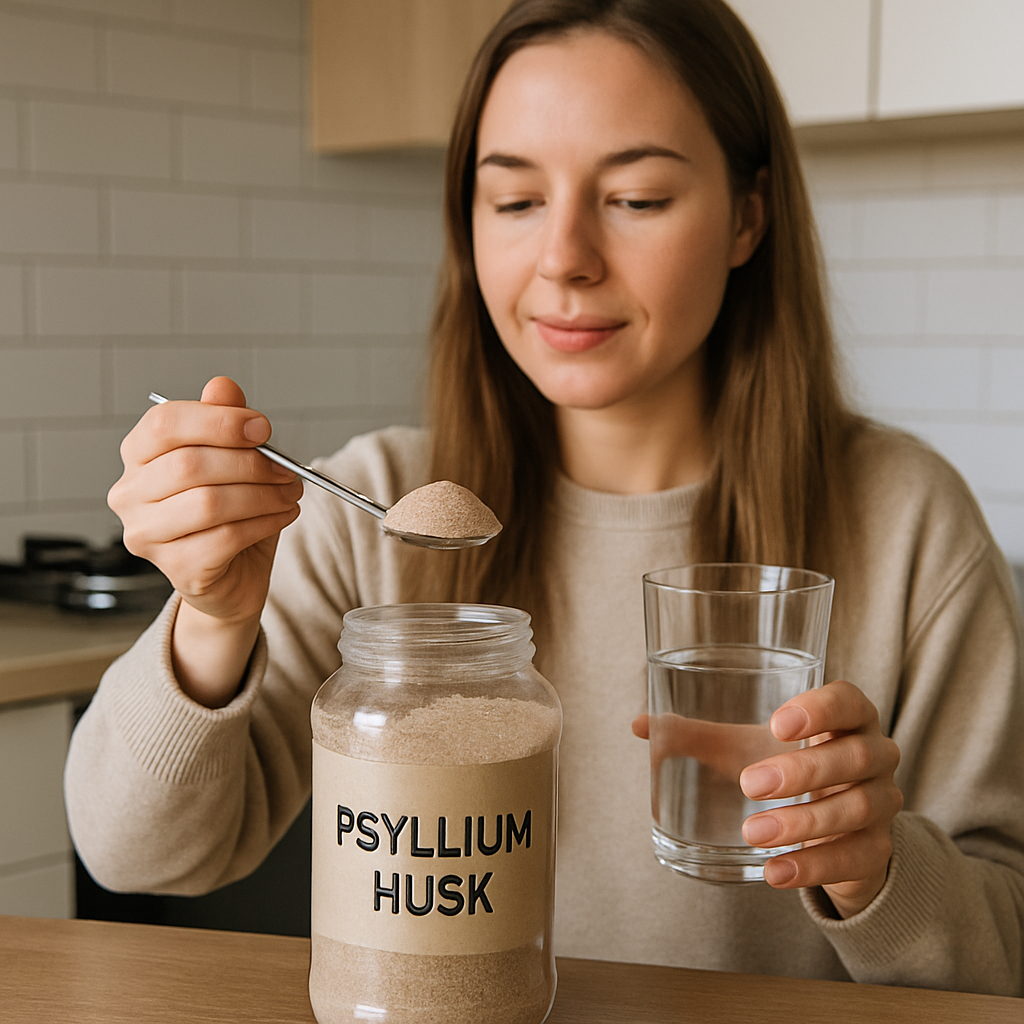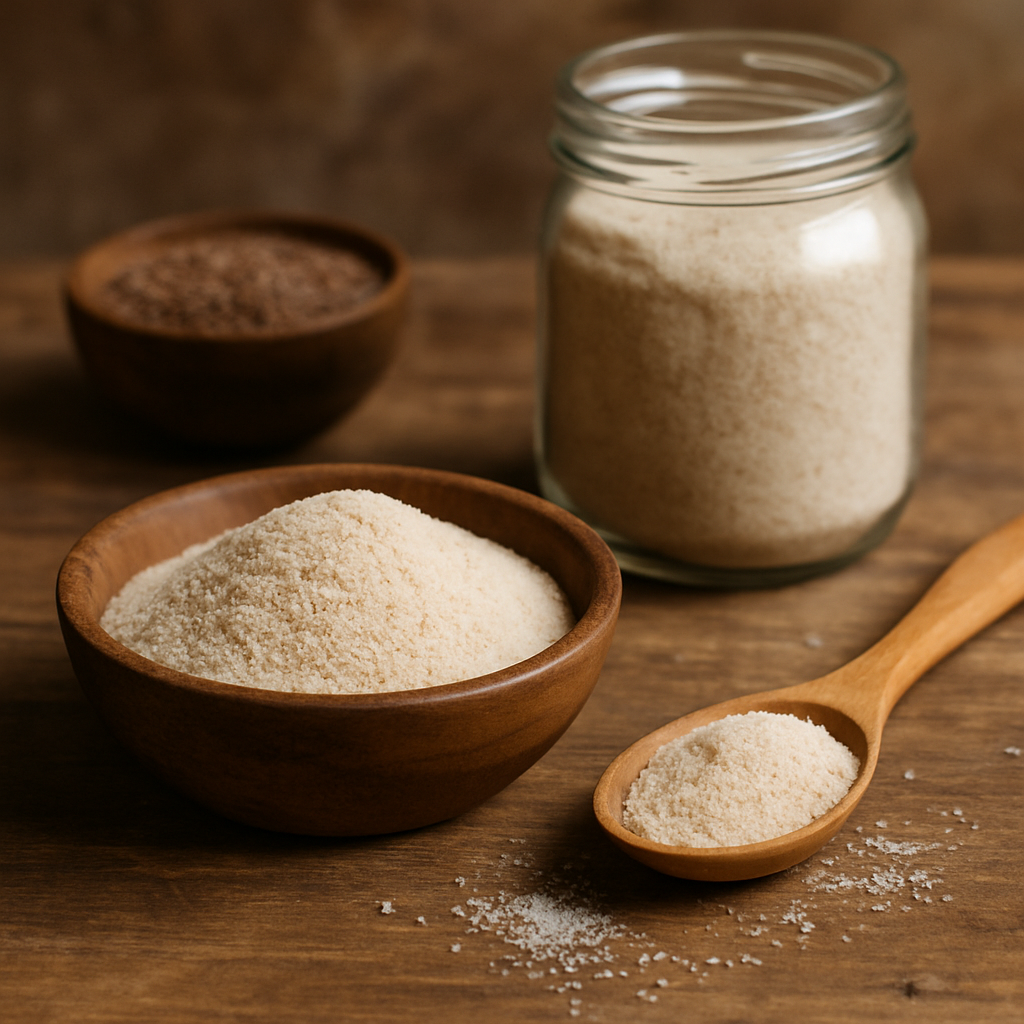Ask Ayurvedic doctor a question and get a consultation online on the problem of your concern in a free or paid mode. More than 2,000 experienced doctors work and wait for your questions on our site and help users to solve their health problems every day.
Shop Now in Our Store
What Is the Use of Isabgol: Benefits and Ayurvedic Applications

If you’ve ever asked yourself what is the use of isabgol or wondered about its real value in daily life, you’re not alone. This humble husk—known widely as psyllium husk in English—has been part of Ayurvedic and traditional remedies for centuries. People today still search for isabgol how to use or isabgol powder uses because it’s considered a natural, safe, and effective way to support digestion, weight management, and even skin health.
But here’s the thing: while the benefits are impressive, many don’t actually know the right use of isabgol or how to integrate it properly. In this article, we’ll go through the history, the science-backed benefits, and practical ways to add it into your routine. By the end, you’ll have clear answers about isabgol uses and benefits that are both ancient and modern.
What Is Isabgol and Its Ayurvedic Background
Isabgol, derived from the seeds of the Plantago ovata plant, has been a household name in India for ages. Ayurveda describes it as a cooling, soothing, and gut-friendly fiber. The husk absorbs water and swells, turning into a gel-like substance that works as a natural cleanser for your digestive tract.
What Is the Use of Isabgol in Traditional Medicine
Traditionally, the uses of isabgol were focused on relieving constipation, calming the stomach, and balancing excess acidity. Ayurvedic practitioners often prescribed it for “pitta” imbalance, which is linked to digestive fire. It was not just about fixing irregular bowels but also maintaining long-term gut harmony.
Psyllium Husk and Its Link to Isabgol
If you’re wondering whether psyllium husk and isabgol are the same—the answer is yes, mostly. Both terms refer to the husk obtained from Plantago ovata, though psyllium is the global term while isabgol is more common in South Asia. So, when you look up psyllium husk how to use or psyllium husk use, you’ll usually find similar instructions as for isabgol.

Isabgol Uses and Benefits for Health
The isabgol uses and benefits extend far beyond just being a “grandma’s constipation cure.” From digestive wellness to detoxification, it covers a broad range.
Isabgol Powder Uses for Digestive Wellness
One of the most popular isabgol powder uses is for constipation relief. Because it bulks up stool and makes it easier to pass, it’s considered one of the most gentle yet effective natural laxatives. Unlike harsh over-the-counter options, it doesn’t irritate your intestines, which is why doctors sometimes also recommend how to use psyllium husk for constipation in modern settings.
Regular isabgol usage may also help reduce acidity, bloating, and indigestion. Some people even mix it in warm milk at night to calm the stomach—though honestly, the taste isn’t everyone’s favorite!
Isabgol Uses and Benefits for Weight Loss
Another area where isabgol use for weight loss comes in handy is appetite control. Since the husk swells after absorbing water, it makes you feel full for longer. If you’re looking up how to use psyllium husk for weight loss, the typical advice is to take it 30 minutes before a meal with plenty of water. This way, you naturally reduce calorie intake without feeling deprived.
However, weight loss isn’t magic—it only helps if paired with mindful eating and regular activity. Still, as a support tool, isabgol is pretty effective.
Isabgol Use for Skin and Detoxification
You might be surprised to hear about how to use isabgol for skin. Because it improves digestion and flushes out toxins, many Ayurvedic texts claim it indirectly clears the skin. Some DIY remedies also mix isabgol with honey or aloe for a soothing face mask, though results vary.
On the detox side, its fiber helps sweep out waste from the colon, supporting overall cleansing. While not a miracle detox powder, it does help the body eliminate more efficiently.

How to Use Isabgol in Daily Life
Knowing isabgol how to use correctly is the key to experiencing its benefits. Many people just stir it in water and gulp it down (not the tastiest, let’s be honest), but there are other ways to make it more palatable and effective.
Isabgol How to Use for Constipation Relief
For constipation, the classic method is simple: take one or two teaspoons of isabgol husk in a glass of warm water right before bed. Drink immediately, otherwise it gets too thick and jelly-like. Some prefer mixing it with milk, which not only softens the taste but also adds a soothing effect for acidity.
This method works because the husk absorbs water, bulks up stool, and stimulates smoother bowel movement. If you’re asking how to use psyllium husk for constipation, the same instructions apply—just don’t forget the water. Without enough hydration, isabgol can make things worse, not better.
How to Use Isabgol Seeds for Better Digestion
Most people only know about the husk, but the seeds themselves also have therapeutic value. When taken soaked in warm water, they may calm irritation in the stomach lining. Some Ayurvedic practitioners recommend chewing soaked seeds for easing mild gastric issues. While not as popular as the husk, how to use isabgol seeds is still part of traditional household remedies.
Psyllium Husk: How to Use for Overall Health
Beyond constipation, many people take a small daily dose of psyllium husk simply for overall health. It’s often added to smoothies, juices, or even sprinkled over curd. This way, you get fiber in your diet without really noticing the taste too much.
If you’re someone who struggles to eat enough veggies or whole grains, adding psyllium husk is like a shortcut to meeting fiber needs. Just don’t overdo it, since too much fiber suddenly can cause bloating.

Isabgol Usage Guidelines and Dosage
Getting the benefits of isabgol isn’t just about what is isabgol used for but also about when and how much you take.
How to Use Psyllium Husk Powder Safely
When it comes to how to use psyllium husk powder, safety is mainly about water intake. The husk swells up quickly, so it’s vital to drink at least a full glass (or two) of water with it. Starting with a smaller dose, like one teaspoon daily, is smart—then you can gradually increase if your body tolerates it well.
Taking too much at once might lead to bloating or cramps. Some even experience mild choking if they swallow it dry (not recommended at all). So always mix with liquid, stir, and drink right away.
When to Take Isabgol for Best Results
Timing matters, too. If you’re using it for constipation relief, nighttime is ideal since it works overnight. For weight management, taking it before meals is more effective because it helps curb appetite.
Some even take it early morning with warm water to “reset” digestion. Honestly, there isn’t a one-size-fits-all answer—it depends on your goal and lifestyle.

When to Avoid Use of Isabgol
Although isabgol uses and benefits are plenty, it’s not for absolutely everyone. People with severe bowel blockages, difficulty swallowing, or certain gut conditions should avoid it unless a doctor approves.
Interactions with Other Foods and Medicines
Another thing to keep in mind: isabgol may interfere with the absorption of medicines if taken at the same time. For example, if you’re on regular medication, you should ideally keep at least a 1–2 hour gap. Same goes for supplements—fiber can sometimes bind with nutrients, reducing absorption.
So, while isabgol usage is usually safe, being mindful of timing keeps you on the safer side.
Conclusion
So, what’s the bottom line about what is the use of isabgol? It’s a simple, natural, and time-tested remedy that offers a surprising range of health benefits. From easing constipation and aiding weight loss to improving digestion and even supporting skin clarity, the isabgol uses and benefits are wide-reaching.
But remember—like any natural supplement, isabgol usage should be balanced. Too much fiber, taken at the wrong time or without enough water, can cause discomfort. The real power of isabgol lies in its consistency. Used properly, it’s not a quick fix but a gentle, ongoing support for your digestive and overall health.
If you’re new to it, start small, pay attention to how your body responds, and maybe even consult a doctor if you’re already on medications. After all, good health isn’t just about one habit, but about a combination of small, sustainable choices.
And hey, if you found this guide helpful, why not share it with a friend or family member? Chances are, they’ve also asked “isabgol how to use” at some point!
FAQs
Is psyllium husk and isabgol the same?
Yes, psyllium husk and isabgol both come from the seeds of Plantago ovata. “Isabgol” is the traditional Indian name, while “psyllium husk” is the more global, scientific term. In practice, they’re used interchangeably, and instructions for psyllium husk use are usually the same as for isabgol.
Can isabgol be used daily?
In most cases, yes. Many people take isabgol daily as a safe fiber supplement. However, it’s best to start small (like one teaspoon) and increase only if your body tolerates it. Long-term isabgol usage has been shown to support digestive health, but if you notice bloating or discomfort, cut back. And if you’re on regular medication, keep a gap of at least 1–2 hours before or after.
How to use psyllium husk for constipation?
The simplest method is: mix 1–2 teaspoons of psyllium husk (isabgol) in a glass of warm water and drink it right before bed. Always follow it with more water, since fiber needs liquid to work properly. This gentle remedy usually helps promote smoother bowel movements by morning.
Final Thoughts
At the end of the day, isabgol is one of those rare things that has stood the test of time. Unlike trendy supplements that come and go, its role in Ayurvedic tradition and modern wellness proves its real value. Whether you’re curious about how to use psyllium husk for weight loss or just want a natural way to keep your digestion running smoothly, isabgol might be exactly what you need.
So why not give it a try? Start with a teaspoon tonight and see how you feel tomorrow morning. And if it works for you, share this article—because honestly, everyone deserves to know about this simple yet powerful seed husk.
This article is checked by the current qualified Dr Sujal Patil and can be considered a reliable source of information for users of the site.

